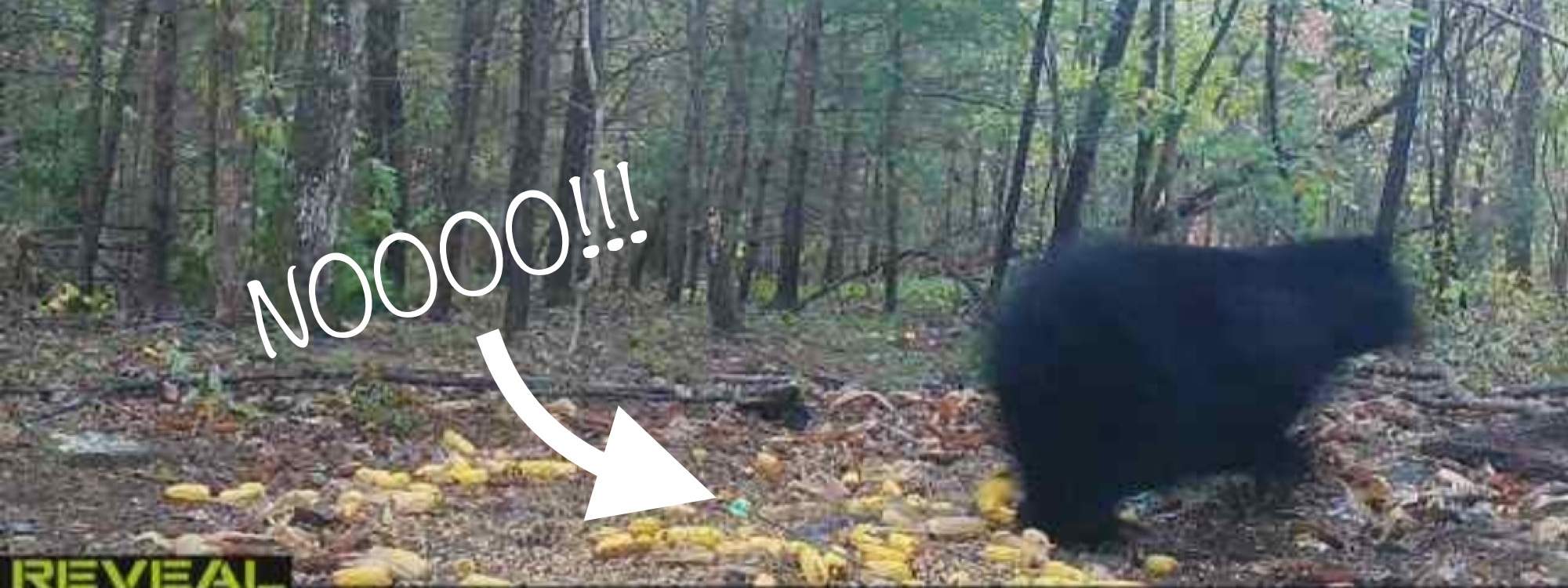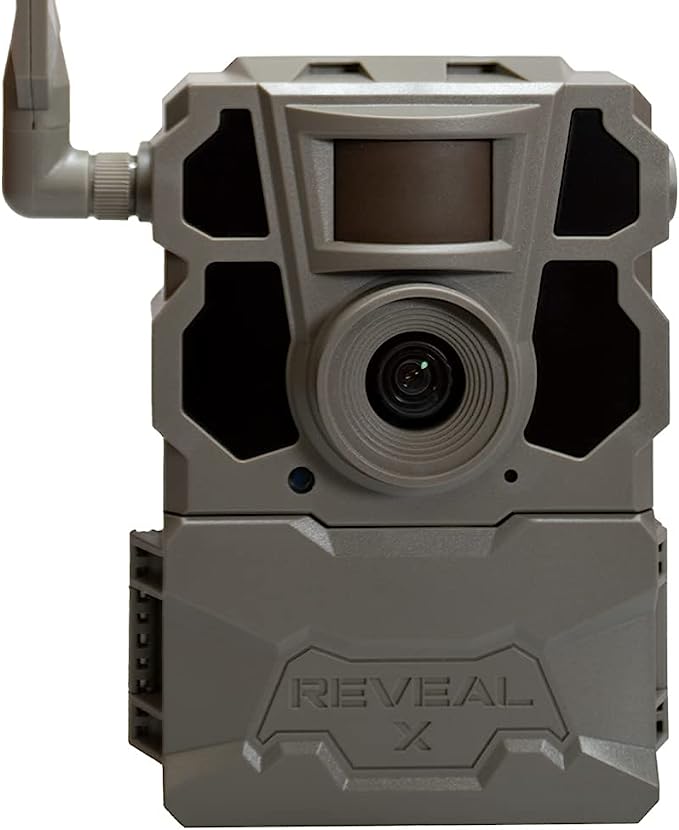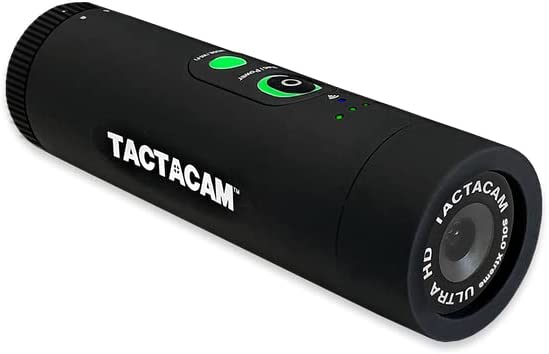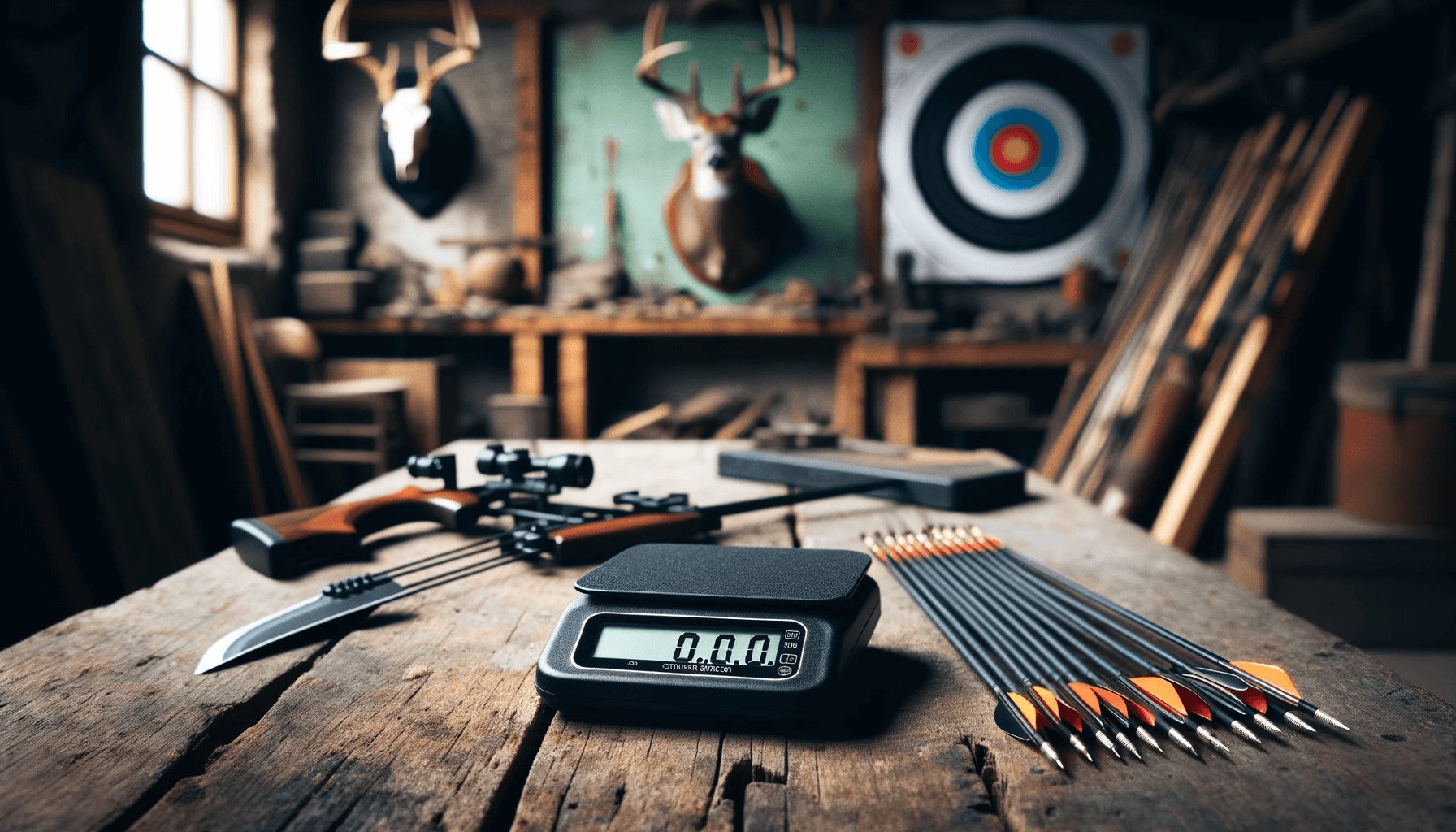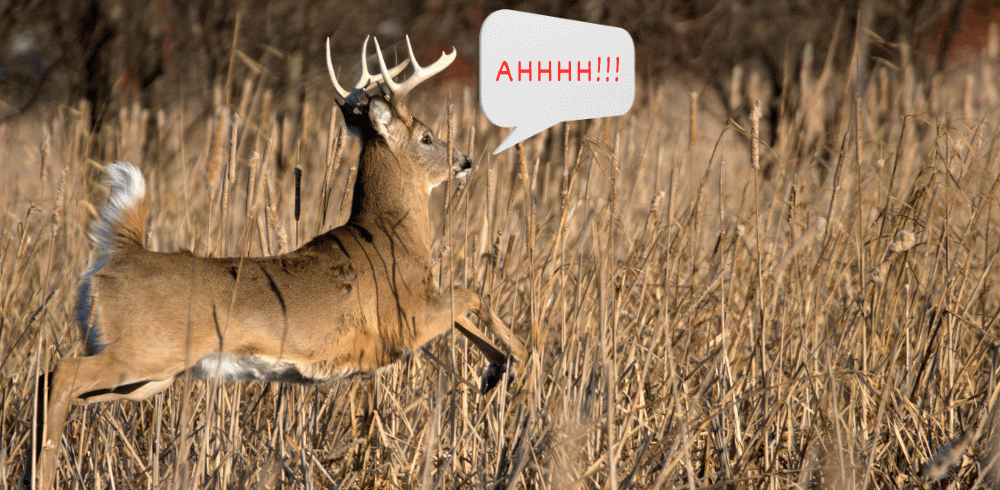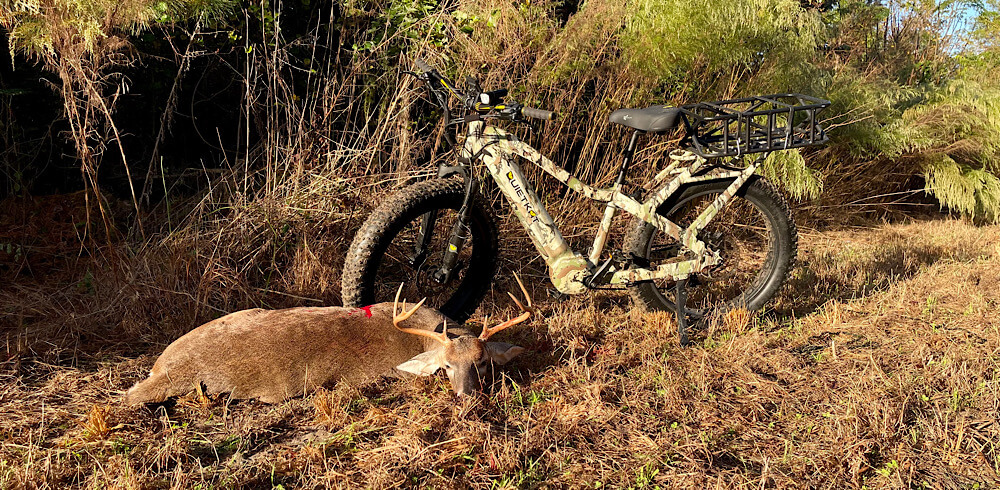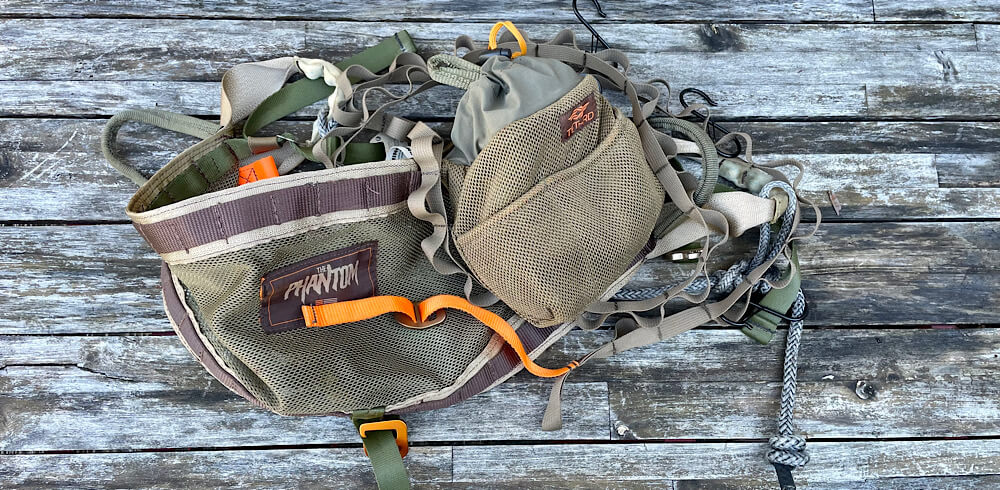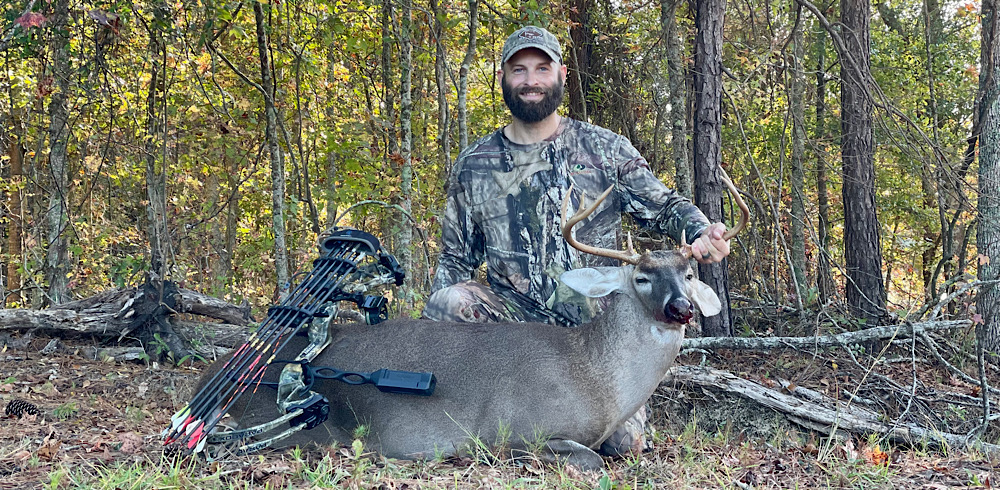Components Of A Miss
This article is a continuation of another where I described, in detail, my first black bear hunt and how it ended in disappointment after a miss, a second shot opportunity, and my going home empty-handed. That story isn’t necessary to gain insight from this one, but if you’d like to feel a little better about your last miss, you can read it here.
And if you’re interested in learning the right shot placement on a bear, this article will help tremendously.
As I stated at the tail end of that story, sometimes, there’s only one thing that makes up a miss, such as punching the trigger on an index-style release, while other times, there are several mistakes that lead to a whiff. The most important lesson to learn from a miss is that we actually need to learn from a miss. Without learning why you missed, why would you ever expect to do anything different the next time? So, what did I learn from my lost bear – and from the buck I just recently missed? Several things…
Fear Of Losing The Opportunity
In hindsight, if I would have just been patient enough to wait for the right shot opportunity with the bear, even if it never came, I’d have either gotten a broadside shot, or simply ended the evening knowing I did the right thing letting him walk. Instead, I rushed it. And even though I got another opportunity, I was already frazzled from the miss and felt an even bigger sense of urgency to redeem myself with another shot. That’s a bad combination.
With my recent buck miss, he came in exactly like he should have. I had just called and he came crashing across a creek, rubbed some brush with his antlers and came on a string to 25 yards, broadside. I mouth-bleated to stop him, and instead of waiting long enough to get my pin floating slow and small, I almost immediately let the arrow fly. Not only was my pin not floating slow and small, he was at 25 yards, which was 5 yards past a tree I had ranged earlier in the morning. Because I was too impatient, I didn’t think to adjust the aim of my 20-yard pin and my arrow flew just under him.
With the bear and buck, I was impatient and shot before I should have because I was afraid they would walk off before I had a chance to release. In the grand scheme of things, it’s better to take all the time necessary to properly execute a shot sequence, even if it means losing the opportunity, than to rush a shot and miss. Or worse yet, wound an animal. We can’t always be perfectly accurate with a bow, but taking the time to know our shots have the best chance for an ethical kill should be a priority with every hunt.
Poor Shot Execution
Speaking of executing a shot sequence, poor shot execution is likely the number one reason most bowhunters miss. No matter how much you practice, nothing can replicate the real thing. Staring through your peep at a target, even a 3D, doesn’t put you into a state of self-induced anxiety the way a living animal does. It takes a lot of mental preparation to go through your shot execution when showtime arrives. After missing that bear, I decided that I needed more experience flinging arrows at live targets. I needed to practice shot execution under duress more than I needed a nice rack on the wall.
Take it from me, or better yet, take it from all those who are a lot better than me. If you simply draw back, aim, and release, you’re doing it wrong and it will eventually cost you if it hasn’t already. Moral of the story? Create a shot sequence that ends with a surprise release and practice it until you can do it in your sleep. Many bowhunters recite in their heads, or even whisper aloud, their sequence as they go through it – posture, draw, anchor, splash, float, hold, pull back, pull back, pull back. Whatever your sequence is, practice, practice, practice. Then, take it to the woods and try your best to execute it when you get a legal animal in front of you.
Target Panic
Oh target panic, how I loathe thee. If you suffer from target panic, please know that I totally understand. And so do countless other bowhunters, including some world-class archery champions. Even John Dudley, from Nock On Archery, suffered from target panic when he was an active championship-caliber tournament archer.
What Is Target Panic?
If you’re not quite sure what target panic is, it’s the inability to simply allow your pin to gently float back and forth across your target, slowly executing your shot process. It’s basically the feeling of having to shoot as soon as your pin crosses the bullseye. You may lock your pin low of the bullseye, pull up, and punch the trigger as soon as your pin crosses the bullseye. Or, conversely, you might lock it high, pull down, and punch the release. Whatever the case, you simply cannot allow your pin to float back and forth over the bullseye while executing a controlled and surprise release. It’s nothing to be ashamed of. It can be such a hard problem to solve, but as John will tell you, it is curable. It just takes a lot of work, and it may take using a different release.
There’s no doubt about it that using an index-style release, like most bowhunters use, promotes target panic. An index-style release gives you the opportunity to pull the trigger and makes it very hard to execute a surprise release. After all, when a target or animal is in front of you and your pin crosses where you want to shoot, why wouldn’t you pull the trigger? You don’t want to intentionally release because the slightest movement when holding a bow can cause a miss of several inches from where you aim, especially at distances over 20 yards. If you control when to fire, that means your brain knows and can cause the rest of your body – your bow hand, your wrist, your elbows, your muscles, your neck – to anticipate the shot and flinch. The absolute slightest flinch causes inaccuracy.
The most accurate you will ever be as an archer is while still holding your pin on the target before you release. If you master your shot sequence, ending with a surprise release, and cure your target panic, you can become as accurate at release as you are while holding. That’s why I’ve got the Silverback back tension release from Nock On coming in the mail. There is no firing mechanism, so there is no way to rush the shot. I’ve learned that no matter how hard I work on my target panic, and no matter how accurate I am in my back yard, it is almost impossible to be 100% target-panic-free with a live animal on the other end of my peep. The Silverback is a great training aid, but I’ll likely hunt with it as well. I’d rather lose a shot opportunity due to a lengthy shot process than lose a wounded animal caused by rushing the shot or slapping the trigger of an index-style release.
Bowhunters Need Amnesia
Bowhunters miss. It’s just part of the game. Anyone that says they’ve never missed is either lying or they haven’t hunted very much. Missing can be very hard to get over. I get it. I think what makes it so hard is our pride – feeling like we’re not as good as we thought, or like we don’t measure up to other hunters, or worrying about what others will think. We’ll hide a miss from the people who would be the first to hear about a big buck in the truck. But I heard someone say once that you can’t compare yourself to anyone else. That’s not fair or realistic. You can only compare yourself to who you were yesterday. If you missed yesterday, but learned something from it, you’re already better than you were before. And that’s all you can ask for. So, gain amnesia and get back out there.

